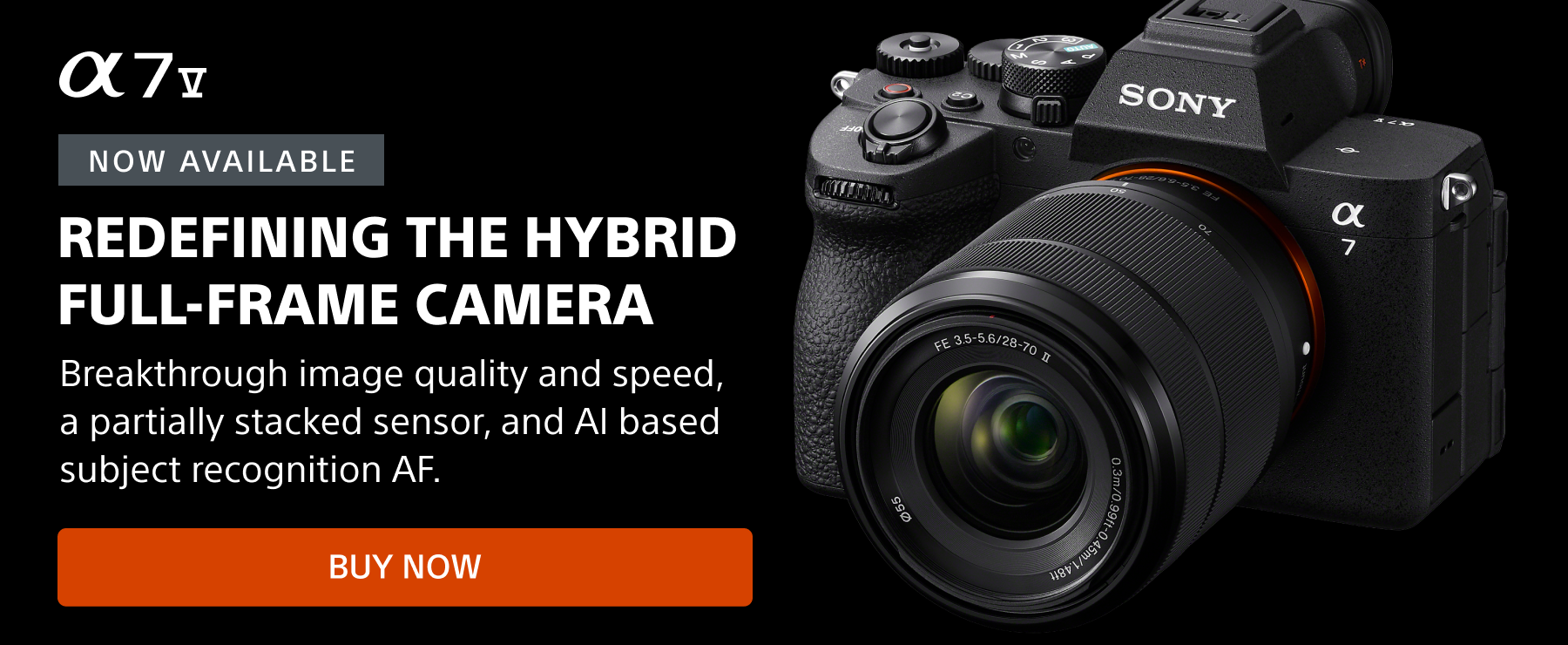For any photographer, venturing into nature to explore everything from vast landscapes to tiny details, having the right lenses is essential. In this roundup, we're thinking outside of the common zoom trinity and looking at a selection of versatile, fast zooms and legendary primes for outdoor adventures. And we want to know what your favorite landscape lenses are. Go to the Alpha Universe forums and let us know.
Sony 16-35mm f/2.8 G Master II
Renowned for its exceptional optical performance, the Sony 16-35mm f/2.8 G Master II lens has quickly become a favorite among leading landscape photographers. With its versatile ultra-wide to wide-angle focal range and fast f/2.8 constant aperture, this lens excels in capturing expansive vistas, sweeping panoramas, and intricate details with outstanding sharpness and clarity.
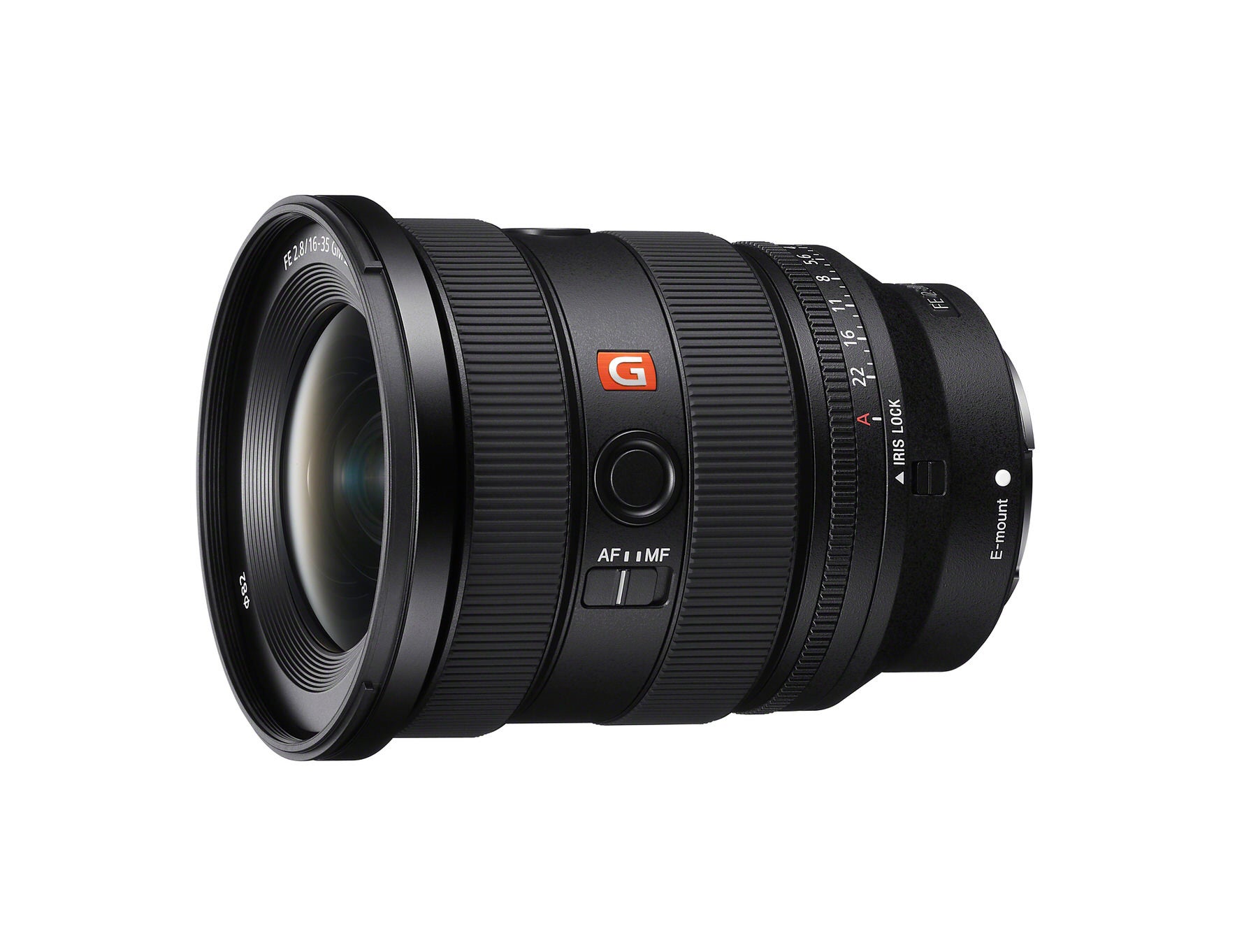
Sony 16-35mm f/2.8 G Master II
The wide-angle perspective of 16mm allows you to capture vast landscapes, while the 35mm end provides flexibility for closer compositions and environmental portraits. Its fast aperture makes it ideal for low-light shooting and achieving beautiful background blur (bokeh) when focusing on foreground elements.
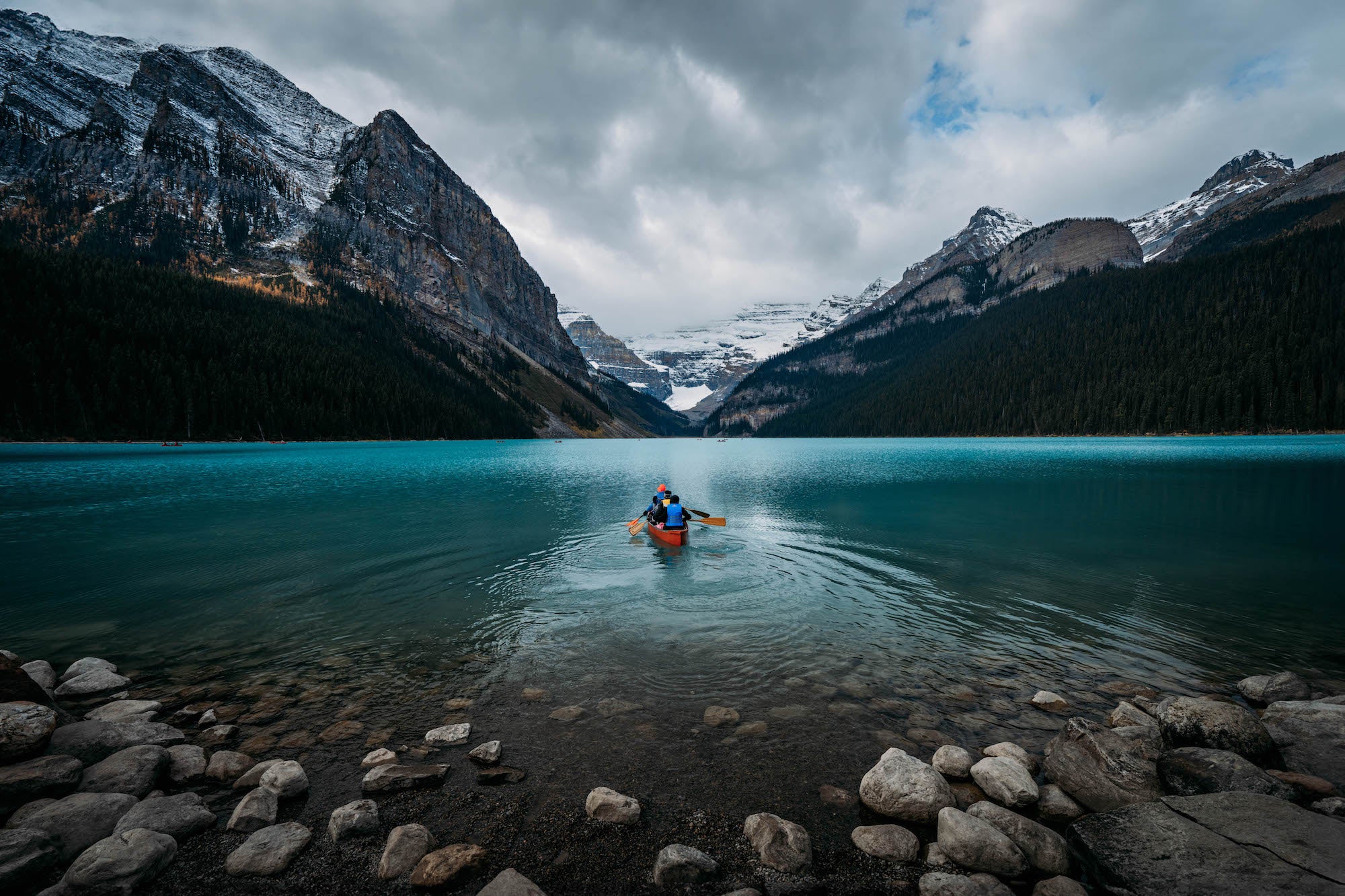
Photo by Jude Allen. Sony Alpha 7R V. Sony 16-35mm f/2.8 G Master II. 1/640-sec., f/5, ISO 100
Alternate: Sony 16-25mm f/2.8 G
With its compact size and versatile ultra-wide focal range, the new Sony 16-25mm f/2.8 G excels at framing sweeping vistas, dramatic skies and captivating foreground elements. Its similar focal range, compact size and value serves as an excellent alternative option to the Sony 16-35mm f/2.8 G Master II. Whether capturing the rugged textures of mountain ranges, the serene calm of seascapes or the vibrant hues of a sunset, the Sony 16-25mm f/2.8 G lens is another great option for landscape photographers looking to bring their grand visions to life.
Sony 24mm f/1.4 G Master
Offering a wide field of view and exceptional low-light performance, the Sony 24mm f/1.4 G Master lens is a legendary lens among pro landscape photographers. It's sharp to the edge of the frame, even wide open, it has an ultra-fast f/1.4 maximum aperture, and exquisite bokeh. The Sony 24mm f/1.4 G Master excels in capturing sharp, detailed images with stunning depth and dimension.

The 24mm focal length provides a natural perspective and allows you to include more of the scene in your frame, making it perfect for capturing expansive landscapes, starry skies, and architectural details. Its advanced optical design ensures minimal distortion and maximum sharpness from edge to edge at any aperture.

Photo by Susan Brudd. Sony Alpha 7R IV. Sony 24mm f/1.4 G Master. 1/80-sec., f/6.3, ISO 400
Sony 70-200mm f/2.8 G Master II
While telephotos aren't always thought of for landscape photography, the 70-200mm range is actually incredibly useful outdoors. Especially when you're shooting at the 200mm end, the Sony 70-200mm f/2.8 G Master II can help you make images that stand out from the scroll. The Sony 70-200mm f/2.8 G Master II offers unparalleled sharpness and versatility for landscape photography, especially when capturing distant subjects or compressing perspective in mountainous terrain.
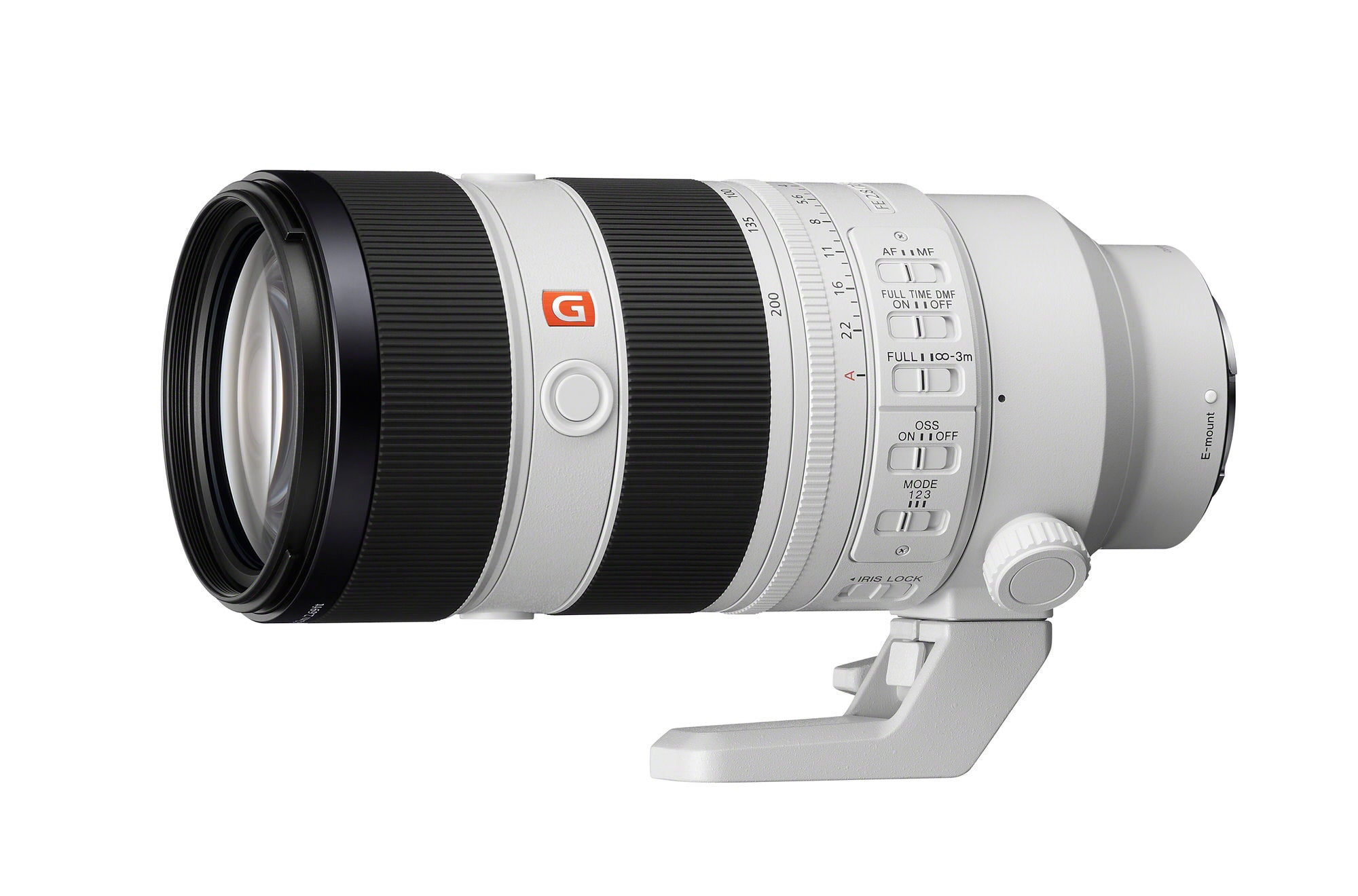
Sony 70-200mm f/2.8 G Master II
With its telephoto focal range, this lens allows you to isolate distant elements, such as mountains, trees, or waterfalls, and create compelling compositions with layers and depth. Its optical stabilization (OSS) minimizes camera shake, ensuring sharp images even when shooting handheld at longer focal lengths.
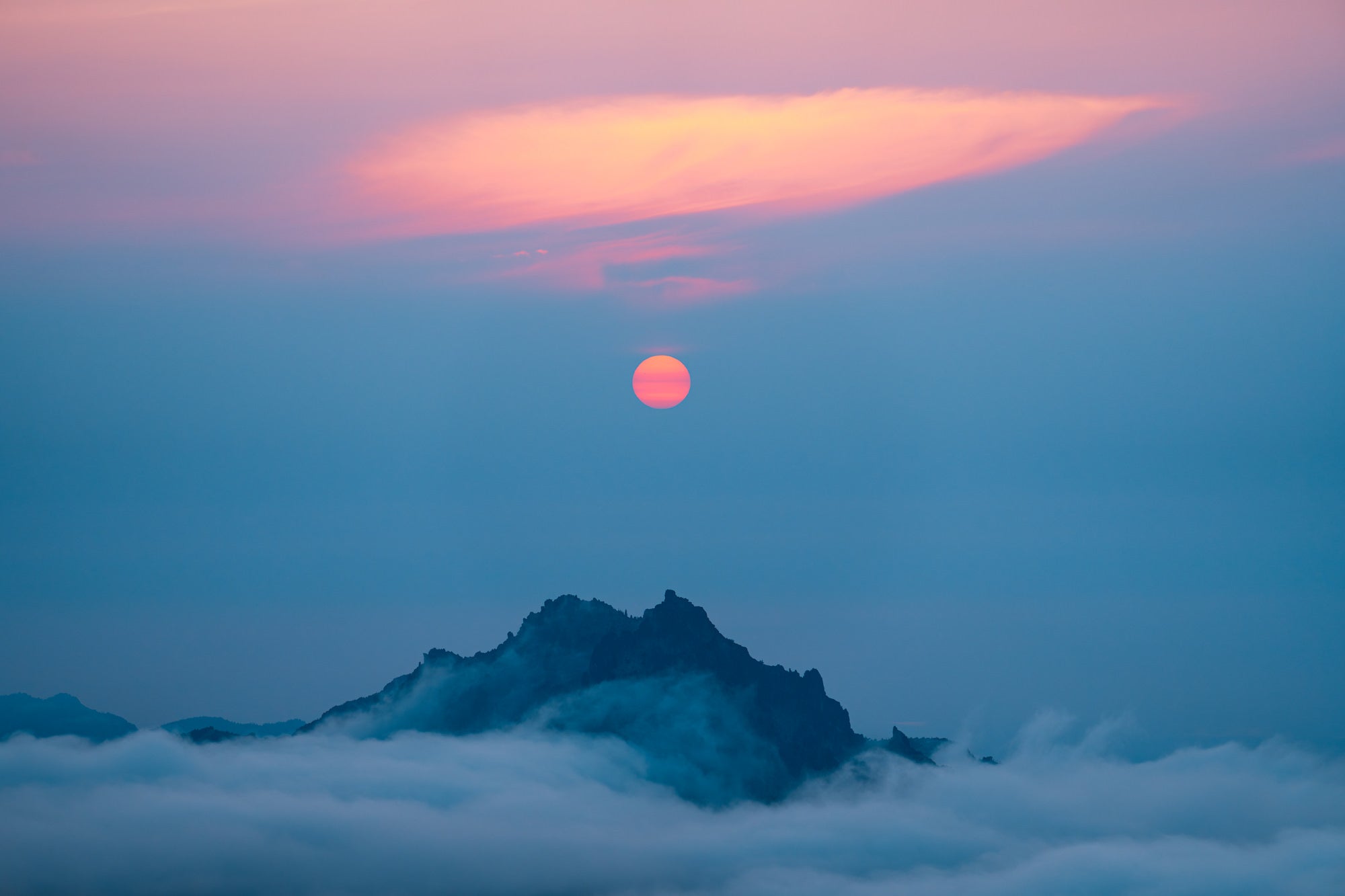
Photo by Nate Dodge. Sony Alpha 7 IV. Sony 70-200mm f/2.8 G Master II. 1/400-sec., f/3.2, ISO 100
Alternate: Sony 100-400mm f/4.5-5.6 G Master
While you might traditionally think of the Sony 100-400mm f/4.5-5.6 G Master as reserved for wildlife and sports photography, it has also proven to be an exceptional tool for landscape photography and it's a great alternate choice to the Sony 70-200mm f/2.8 G Master II. While not as wide, the Sony 100-400mm f/4.5-5.6 G Master gives landscape shooters a range that can capture distant, intricate details of vast mountainscapes, isolated trees, and other far-off subjects that are challenging if not impossible to frame-up efectively with a standard lens. The Sony 100-400mm f/4.5-5.6 G Master's compression and beautiful bokeh effect at longer focal lengths provide creative opportunities to isolate subjects against sweeping backdrops, adding depth and dimension to landscape compositions.
Sony 12-24mm f/2.8 G Master
Embrace the expansive beauty of ultra-wide landscapes with the Sony 12-24mm f/2.8 G Master lens. This ultra-wide-angle zoom lens is one of the crown jewels in the Sony G-Master lineup. It's a no-compromises lens that offers unparalleled optical performance, allowing you to capture sweeping vistas, dramatic skies, and intricate details with stunning clarity and depth.

With its wide focal range and fast f/2.8 aperture, this lens provides creative flexibility for composing dynamic landscapes and emphasizing foreground elements. Its advanced optical design minimizes distortion and chromatic aberration, ensuring exceptional image quality from corner to corner.
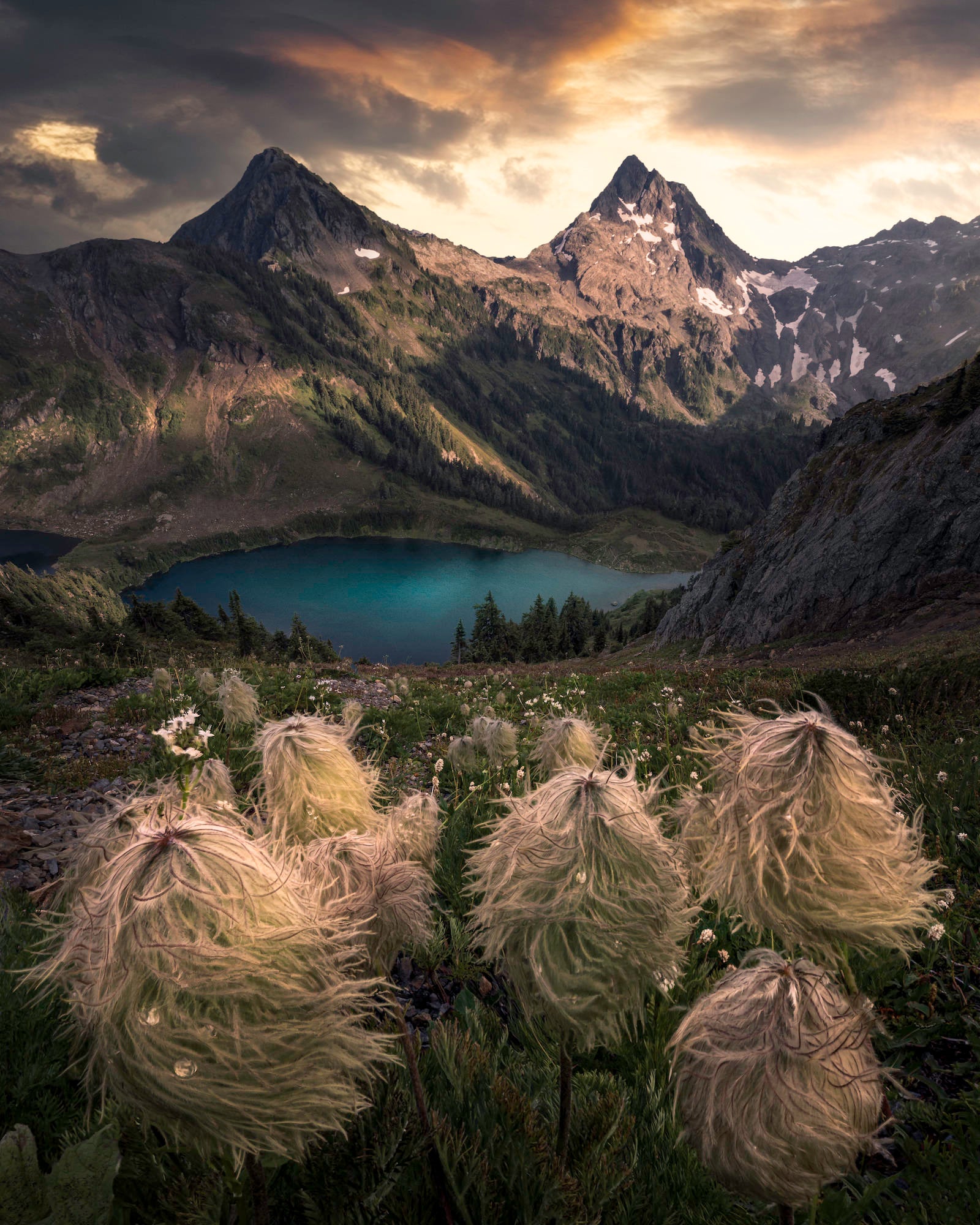
Photo by Jess Santos. Sony Alpha 7R IV. Sony 12-24mm f/2.8 G Master. 1/40-sec., f/11, ISO 100
Always have a macro lens:
Sony 90mm f/2.8 Macro G
Have a look in a landscape pro's bag and tucked into the corner, carefully covered with a micro-fiber cloth, you'll find a Sony 90mm f/2.8 Macro G. In the often referenced "80/20" rule, the 90mm macro is the outlier lens that is utterly indispensable in the right situation. It's a true macro and a veteran within the Sony E-Mount lens lineup. It's also just about perfect. The Sony 90mm f/2.8 Macro G is razor sharp across its aperture range. It has a flat field, brilliant contrast and color rendition and, because you just never know what you'll encounter on the trail, it's also a fantastic portrait lens. We said landscape photography is about exploration and with this lens, you can think outside of the grand-scape and delve into the macro world.
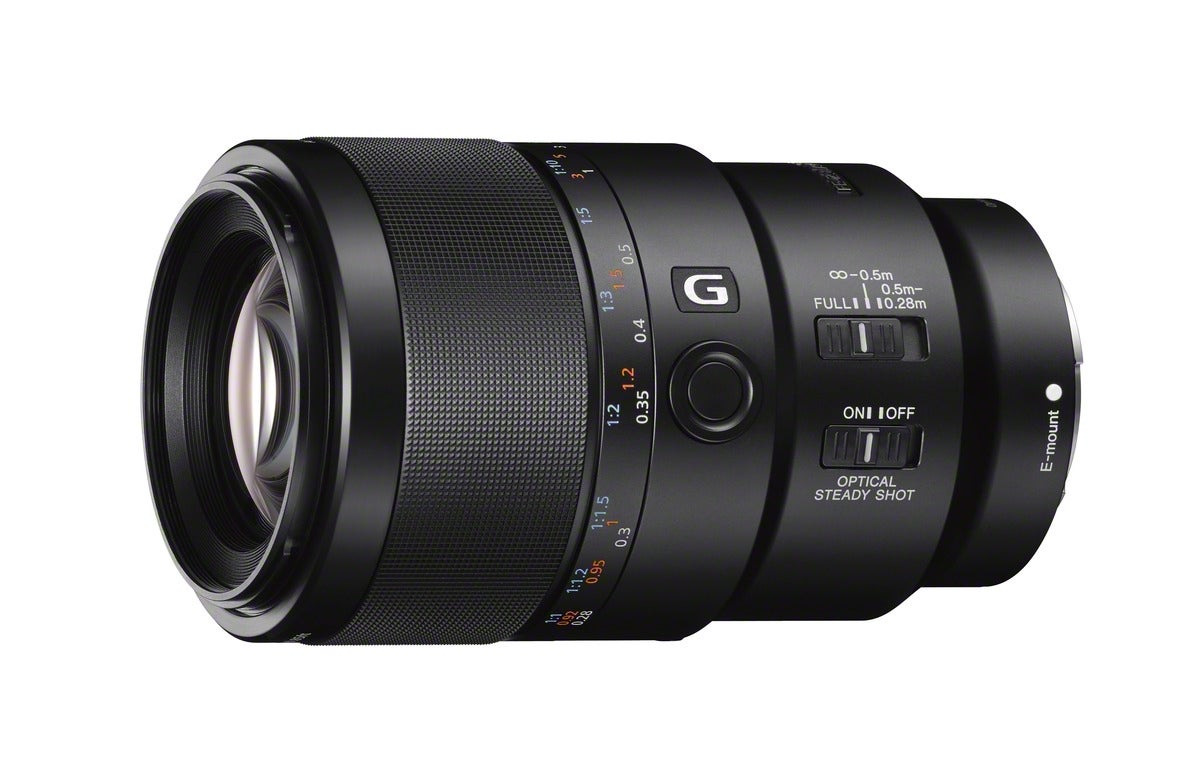
In short, the Sony 90mm f/2.8 Macro G allows you to explore intricate details within the landscape, such as flowers, foliage, or textures, adding a creative touch to your compositions. Additionally, the lens's optical stabilization (OSS) ensures sharp images even when shooting handheld, making it suitable for capturing close-up shots of small subjects in challenging outdoor environments.
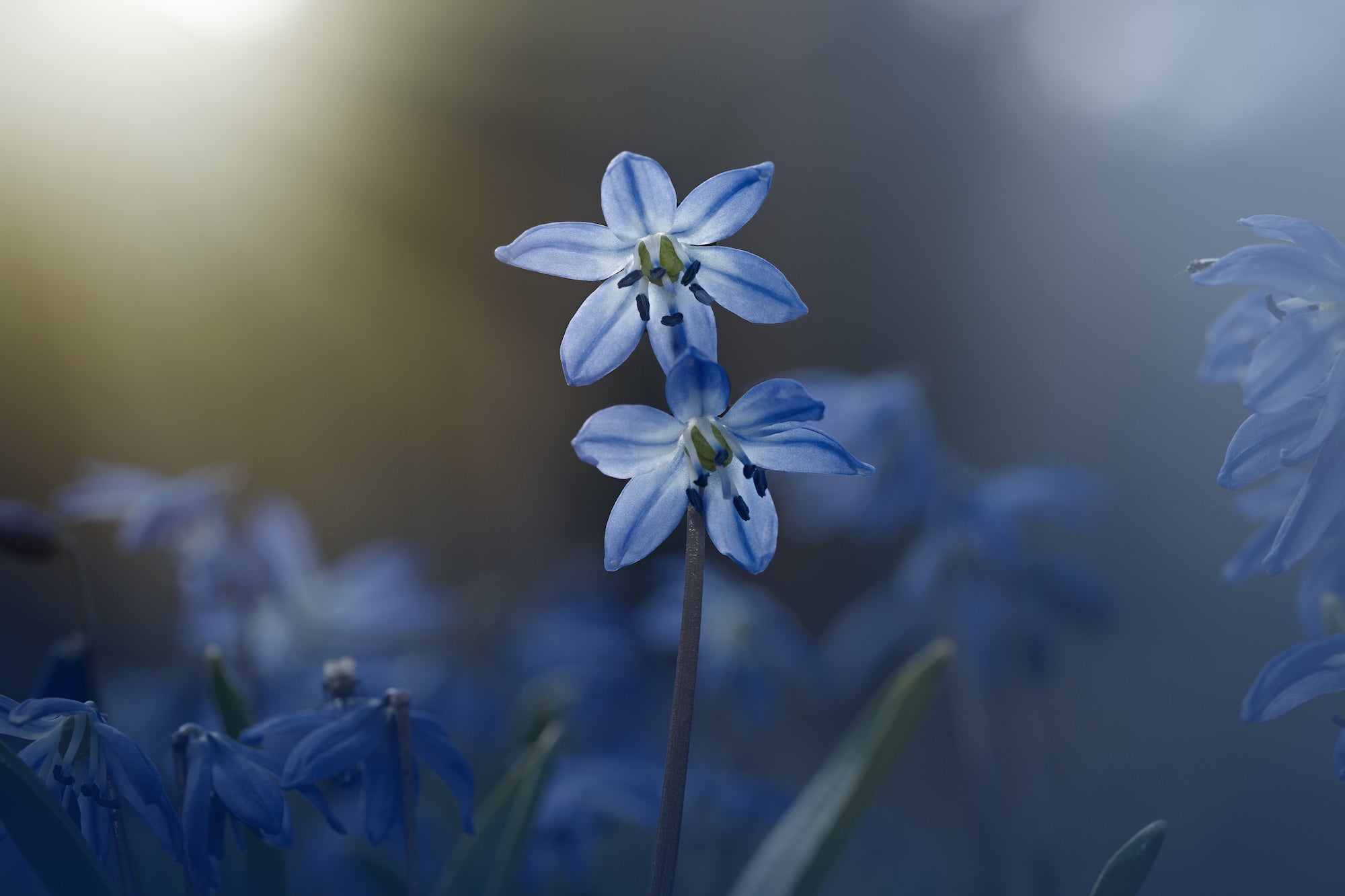
Photo by Caroline Jensen. Sony Alpha 7 IV. Sony 90mm f/2.8 Macro G. 1/250-sec., f/8, ISO 1000
Alternate: Sony 24-50mm f/2.8 G
While not a macro lens per se, the new Sony 24-50mm f/2.8 G is a versatile and powerful tool for photographers looking to dabble in close-up photography as part of their landscape adventures. Its versatility and close-focus ability allow you to capture a range of landscapes and macro-ish subjects with exceptional detail and clarity, making it a great alternate to the Sony 90mm f/2.8 Macro G. The constant f/2.8 aperture ensures superior performance in low-light conditions and provides excellent control over depth-of-field, which is crucial for creating dynamic and layered landscape images. Its durable and compact design makes it a reliable choice for outdoor adventures to photograph everything from the vastness of rolling hills, the intricate details of a forest or the vibrant tones of a sunset.
Each of these lenses offers unique advantages for landscape photography, allowing you to explore and capture the beauty of the natural world with precision and creativity. Whether you prefer the versatility of a wide-angle zoom lens or the stunning image quality of a prime lens, investing in the right lenses for your Sony Alpha camera will elevate your landscape photography.



